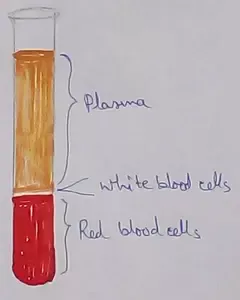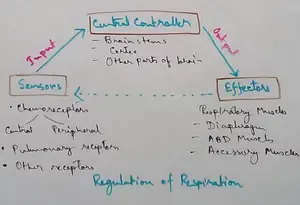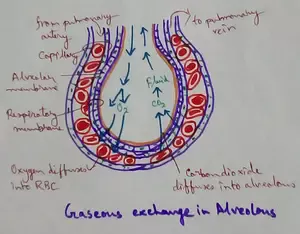Parts of a Flower
We will discuss here about the different parts of a flower to identify the various parts of a flower. The most attractive organ of a flowering plant is its flower.
Flower is a modified shoot of limited growth that helps in the reproduction of higher plants.
Most flowers remain attached to the stems or the branches with a stick like stalk, called pedicel. The flowers with pedicel are known as pedicellate flower. Flowers of China-rose (Hibiscus), Thorn-apple (Datura) are the examples of pedicellate. But some flowers do not have pedicel. These flowers are called sessile flowers. Tuberose (Polyanthes) is a very common sessile flower.
Flower of Datura (Thom-apple) is a very common complete flower. Now we will discuss here about the structure of the flower of Datura.
Datura flower is a funnel-shaped flower and can be seen in creamish white, pink or light violet colors.
The following parts of Datura flower are given below:
(i) Pedicel: Small green stick-like structure, which holds the flower on the stem, is called pedicel.
(ii) Thalamus: The top of the pedicel forms a flat disc-like structure; this is called thalamus. The thalamus holds all other parts of the flower on it.
(iii) Calyx: The outermost cup-shaped green structure is the calyx. In this flower five green leafy structures unite to form the cup-shaped calyx. These five leafy structures are called sepals.
(iv) Corolla: The whorl of petals next to calyx is known as corolla. In Datura flower corolla may be creamish white, pink or violet in color. This corolla is composed of five petals, which join along their edges to form a funnel shaped structure.
(v) Androecium: Androecium is the third inner whorl of a complete flower. It is composed of five stamens. Each stamen has two parts, the lower portion of it is a fine thread-like filament and the upper portion is an elongated swollen anther. In Datura flower the filaments remain attached to the petals but the anthers remain free. Each anther has two lateral lobes joined side by side. Within anthers numerous pollen grains are stored. These pollen grains are the male reproductive units of a flower.
(vi) Gynoecium or Pistil: The inner most whorl of a complete flower is the gynoecium. The unit of gynoecium is called carpel. Datura flower has two carpels in its gynoecium. The two carpels join together to form a long necked pitcher-shaped structure. The swollen base of it is the ovary, which holds ovules in it. The long tube-like part emerging from the ovary is called style. The apex of the style is slightly swollen and sticky, it is called stigma. Stigma catches the pollen grains during pollination.
From Parts of a Flower to HOME PAGE
Recent Articles
-
What Is Plasma? | Blood Plasma | Proteins | Nutrients | Cholesterol
Nov 07, 25 10:29 AM
Blood is a mobile fluid which is a connective tissue and is derived from the mesoderm like cell any other connective tissue. Colour of blood is reddish and that flows inside the blood vessels by means… -
Disorders of Respiratory System | Tuberculosis | Pleurisy | Emphysema
Oct 28, 25 11:39 PM
Tuberculosis is very common disease and is caused by a type of bacteria called Mycobacterium tuberculosis. This disease causes different trouble in the respiration and infection of several parts of th… -
Regulation of Respiration | Respiratory Centres | Inspiratory Area |
Oct 14, 25 12:13 AM
Respiratory Centre is the area that controls the rate of respiration and it is observed to be located in medulla oblongata and pons. Respiratory Centre has the following will dispersed components like… -
Explain Transport of Gases | External Respiration | Tissue Respiration
Oct 09, 25 11:35 PM
In humans gaseous exchange is completed in the following ways the steps are - External Respiration or Breathing - Breathing in false taking in of Oxygen and giving out of carbon dioxide in the body. M… -
Kind and Number of Teeth | Location of Teeth in Mouth | Care of Teeth
Sep 11, 25 12:52 AM
Kind and Number of Teeth





New! Comments
Have your say about what you just read! Leave me a comment in the box below.